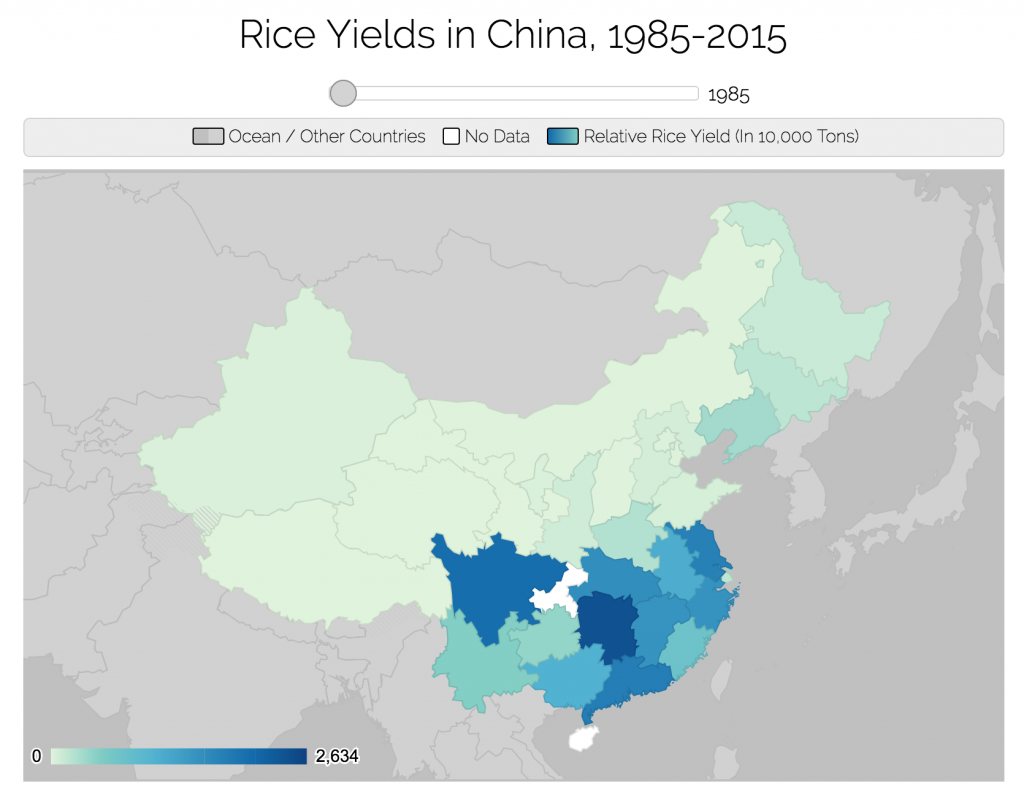“Food security has been a chief mission of the Chinese state since early in the dynastic era…it remains a primary state objective in the early twenty-first century” (McBeath & McBeath, 2008, p. 50)
The notion of food security is an important one for any populous country today, yet as the most populous country in the world, it is of particular relevance for China (McBeath & McBeath, 2008). As researchers, we hope to uncover whether Genetically Modified Organisms, or GMOs, are a sustainable solution to provide the ever-growing population China with secure food resources in the future.
As stated by Christiansen (2009), “central planners in China since the 1950s have considered food sufficiency a function of the production of grain” (p. 550). Due to the fact that it accounts for the majority of China’s cereal output, public notions of food security often boil down to the adequacy of rice production in a given year and thus rice will serve as the focus of the analysis of the role genetically modified crops could play in China’s future ability to feed its constantly growing population (Christiansen, 2009). Our region of focus will be the Southeast provinces which, as can be seen in the interactive map linked below, have long played an instrumental role in Chinese rice production.

Sources
- Christiansen, Flemming. “Food security, urbanization and social stability in China.” Journal of agrarian change 9.4 (2009): 548-575.
- McBeath, J., & McBeath, J. H. (2009). Environmental stressors and food security in China. Journal of Chinese Political Science, 14(1), 49-80.
